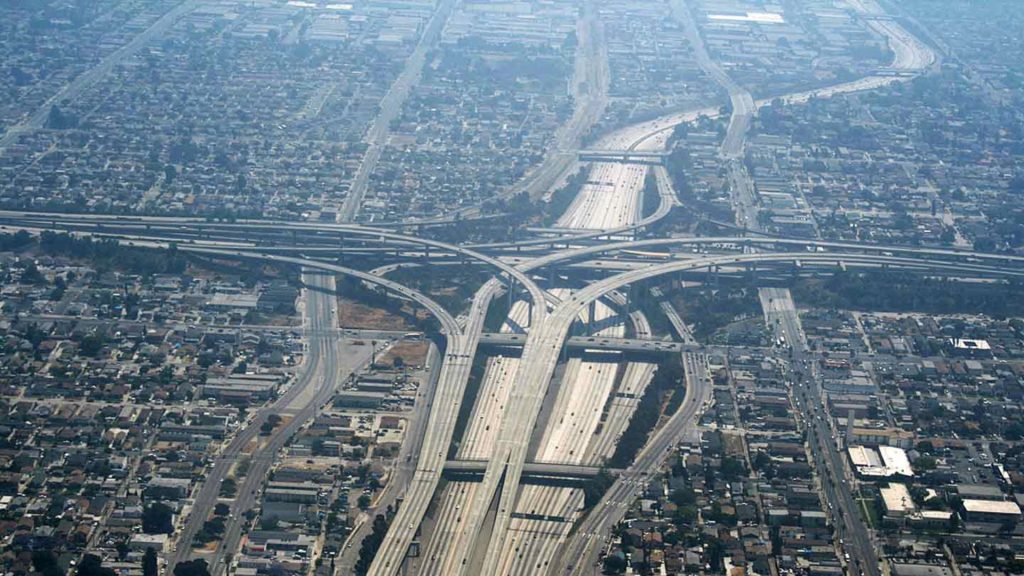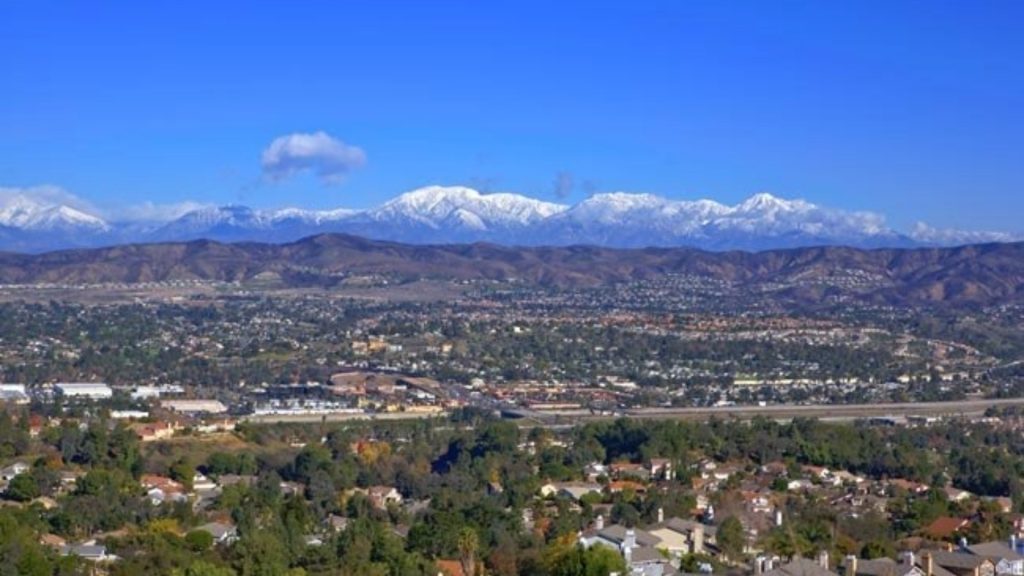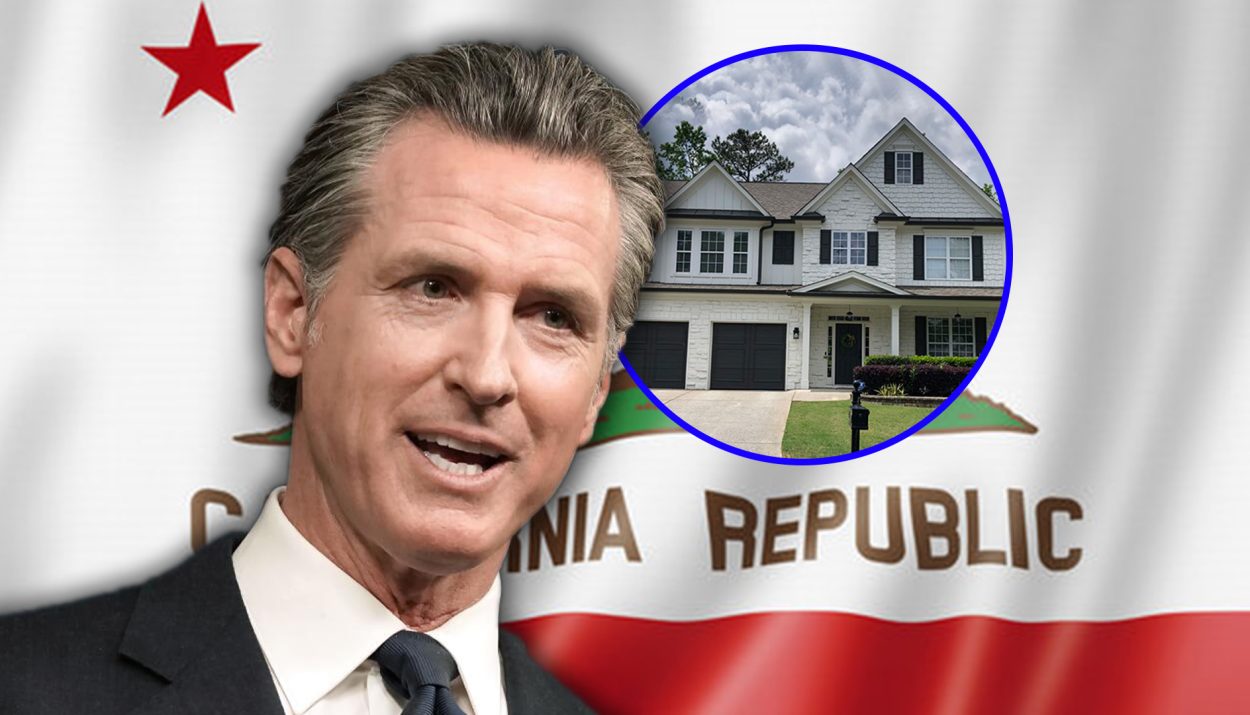California is known for being one of the most expensive states in the United States to live. Higher taxes for greater public amenities and inflated housing costs have created an environment where people simultaneously want to leave and can’t imagine living anywhere else at the same time. As more and more people flee the state in search of more affordable housing, though, it’s hard not to wonder whether or not the housing crisis is a self-inflicted injury.
Housing Is An Old Crisis
Though there has been plenty of news and discourse regarding inflated housing costs in California over the last decade or so, it’s far from a new issue. The housing crisis in California goes back to the 1970’s, with the postwar boom.

High inflation at the time took state and national housing markets by storm, driving up costs for Americans across the country. California Democrats didn’t help their case, either, following the policies of Nixon and Reagan despite the glaring problems that slowly arose.
A Marketing Problem
Part of the issue arose from marketing. At the time, many Americans were using buying a house as a marker of financial and emotional success as they transitioned into adulthood. Because of it, the housing market appeared to be an endless well of income that would never lose value.

The issues were also political, though. Zoning and land-use regulations were not being taken seriously by local politicians and developers alike, and the push for land-use regulations was not coming from everyday citizens the way that it had in the past.
Prices Slowly Starting to Increase
With the lack of push for zoning and land-use regulations, less housing started to be built. At this point, California started to look a little different from the rest of the country, with the high demand and lower supply driving up the cost to buy a house.

While the problem was particularly exaggerated in California, it was reflected in the rest of the country as well. In the 70’s and into the 80’s, collective opinion turned away from economic fairness and began to expect businesses to increase profits, no matter the social cost.
A Gated Community Without A Code
This sort of “bootstrap” mentality on Americans resulted in a housing market that was increasingly difficult to step into. The early warning signs of the housing crisis first appeared in the 70’s, but it is believed that the state was aware of the problem as early as the 80’s, but did nothing to address the problem.

Instead, good intentions led to some policies that were ultimately weaponized and turned California into a “gated community” of a state. The California Environmental Quality Act was legislation that was meant to protect the environment from overdevelopment, but ended up being a tool of highly organized homeowners to block unwanted development in their areas.
Reagan Policies Didn’t Help
Reagan policies did nothing to help the housing crisis that started to rise across the country. In fact, some choices that were made immediately made the problem much worse. During his presidency, Reagan significantly reduced the funding for the Department of Housing and Urban Development.

He then proceeded to turn a blind eye to various housing policies and the rise in homelessness across the country. This system, like many that were ultimately put into place by Reagan, incentivized the wealthy and penalized the poor, and made it much more difficult to achieve what many saw as the promises of the American Dream.
The Issue Extends to Now
The issue of housing has extended into modern day. Despite Gavin Newsom signing bills into law that are meant to incentivize housing development, California still has one of the highest rates of homelessness in the country.

More than that, California also has a significant problem with rent versus income. Housing prices in California are 40% higher than they are in almost any other state, with a third of all residents paying more than 50% of their income just towards rent.
Modern Problems With Housing
The policies from the 70’s and 80’s have come back to bite modern developers as well. One apartment building in particular is a glaring example. A housing nonprofit was offered land by the city of Los Angeles 16 years ago, and the land was meant to be used to build an apartment building that would ultimately house individuals with mental health issues as well as those who had been unhoused.

Immediately, the developers began to run into problems. First, they had to get approval for the building. One city council member – who would ultimately be charged with racketeering and tax evasion – said that he wouldn’t approve the building unless they added more commercial space, on top of the space that was meant for housing.
Environmental Policies Affecting the Developers
The nonprofit then had to get approval from the neighborhood council to add commercial space, but business owners said that they didn’t want to do business around the types of people that the housing project was meant to help. In this way, the city kept adding more and more regulations to the project that would ultimately drive up the cost, and the time to build.

Some of the mandates stemmed from the 70’s environmental policies, including higher efficiency lighting standards and bike storage to assist those without cars. Each new requirement seems small, but when the building was ultimately completed, it’s hard to say whether the final cost was worth the benefit.
Unfortunately, No Solutions Incoming
The story of the apartment building is one small snippet of California’s housing crisis, and it doesn’t seem like any permanent solution is on the horizon. Inflation and lack of development have both contributed to increasingly unattainable housing costs, and rents have only gone up without any state regulation to keep them at manageable levels.

Rather than deal with the high cost of living, many families in California’s middle class have decided to leave, seeking more affordable housing elsewhere. This has resulted in a state with an increasingly unattainable wealth and class gap, and without serious intervention on policy or development or both, it doesn’t appear that this is a problem that is going to change.






